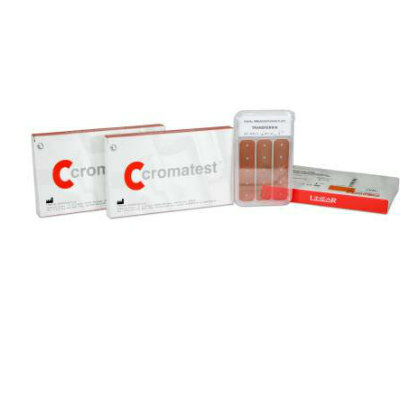Chromosome Region Associated with Increased Risk for Melanoma
By Labmedica staff writers
Posted on 27 May 2008
Scientists have identified a region on chromosome 20 (20q11.22) that influences a person's risk of developing melanoma.Posted on 27 May 2008
Prolonged exposure to the suns harmful ultraviolet (UV) rays can lead to melanoma, the deadliest form of skin cancer. An unanswered question, however, is why some people are more prone to develop melanoma than others are.
A team of investigators from the Translational Genomic Research Institute (TGen; Phoenix, AZ, USA) and the Queensland Institute of Medical Research (QIMR; Queensland, Australia) is close to discovering a new gene that could help explain variation in melanoma risk. The scientists narrowed the gene location through a genome-wide association study--a first in melanoma research. The study--whose data collection began 20 years ago--involved more than 4,000 Australian samples (2,019 cases and 2,105 controls) and was a joint project between Australian, American, and European research groups.
A genome-wide association study involves scanning the DNA from two sets of individuals: those with a particular disease (cases) and those of similar individuals without the disease (controls). The DNA of each sample is then examined for strategically selected markers of genetic variation, called single nucleotide polymorphisms (SNPs). If certain genetic variations are found to be significantly more frequent in people with the disease compared to people without disease, those variations are said to be "associated” with the disease. The associated genetic variations can serve as roadmaps to the region of the human genome where the disease-causing gene resides.
Dr. Kevin Brown, TGen investigator commented, "We're closing in on genetic variants which cause 16% of the population to be at nearly double the increased risk of developing the disease. In public health terms, this finding is highly significant.”
Related Links:
The Translational Genomic Research Institute
Queensland Institute of Medical Research













